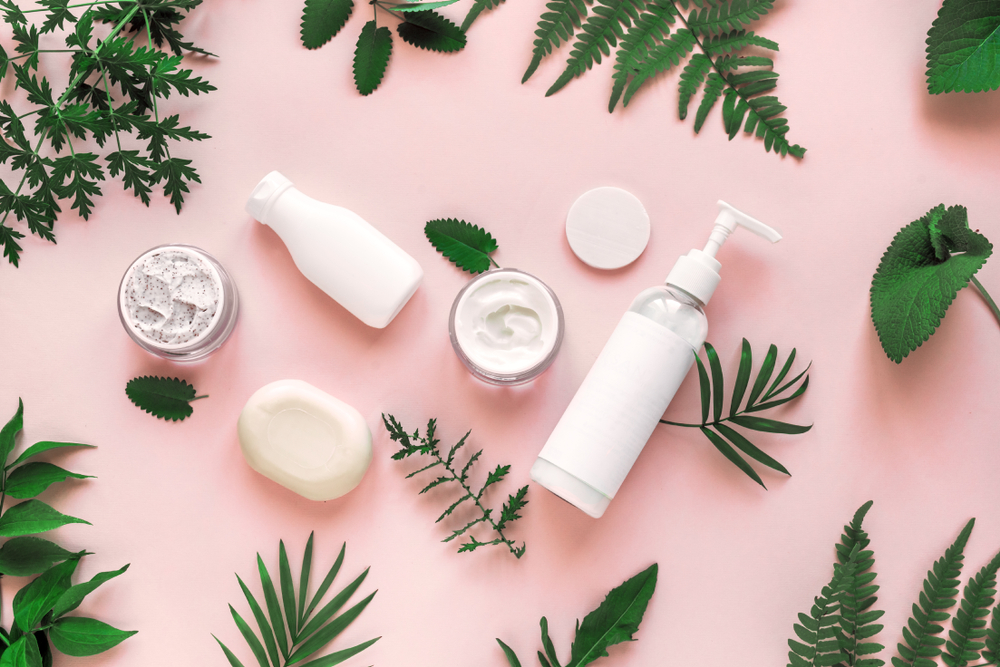Understanding your skin type is important in knowing how to take care of it, especially when it comes to using beauty and skincare products. Not every product is compatible with every skin type and if you use the wrong one, it may lead to breakouts and irritation. Every person is unique but the common skin types are referred to as oily, dry, combination, normal, and sensitive. If you’re not sure how to identify what skin type you have, you’re in luck! In this month’s blog, we will discuss two easy methods to help you determine your skin type and how to care for it.

The Bare Face Method
First, wash your face with a gentle cleanser and pat dry with a towel. Do not apply any skincare products, and after about 30 minutes, carefully observe your skin. What does it look like? If you notice that there’s a shine on your cheeks and T-zone, you might have oily skin. If your skin feels tight or you notice any flaky spots, you most likely have dry skin. If you have an oily T-zone but it feels normal or dry everywhere else, you likely have combination skin. Don’t see any oily or dry spots? You may have the luck of having normal skin.
The Blotting Sheet Method
Another method is to use blotting sheets, which absorbs oil when pressed to the skin. Gently pat a blotting sheet around various areas of your face. Hold the sheet up to the light and identify how much oil is visible. The more oil there is, the more likely it is that you have oily skin. If there is little to none, you most likely have dry skin. If there’s minimal oil, there’s a chance you have either combination or normal skin.
Caring for Your Skin Type
Now that you have an idea of what your skin type is, here are some simple tips on how to care for it on a daily basis and what works best.
- Dry skin produces less sebum, or oil, and the key is to keep your skin properly hydrated. You should use hydrating and moisturizing formulas that are free from irritating ingredients such as fragrances, dyes, or chemicals.
- Oily skin produces excess sebum and can lead to clogged pores, blemishes, and acne breakouts. Using non-comedogenic products and exfoliating your skin two or three times a week can help. Try to use a gentle face wash and avoid using anything too harsh or abrasive that can irritate your skin.
- Those with combination skin types tend to have dry cheeks and using moisturizers and skincare products formulated for all skin types works best. Gentle exfoliation will also help keep your T-zone and cheeks balanced.
- If you have a normal skin type, you’ve pretty much won the lottery in life. Generally, skin concerns are very minimal and you can stick to simpler routines. As always, using gentle cleansers, hydrating with moisturizers, and protecting with SPF is essential in maintaining healthy-looking skin.
- Sensitive skin can be challenging and difficult to maintain. Those with sensitive skin may experience redness, tightness, itchiness, inflammation, and so on. If you’re trying a new product, pay extra attention to the ingredients and ensure there aren’t any artificial fragrances, dyes, harsh chemicals, etc. Introduce one product at a time and patch testing it on your inner elbow will help determine if it’s right for your skin. Always look for gentle formulas or products specifically for sensitive skin that will help strengthen your skin barrier.

Conclusion
Knowing what skin type you have is the first step in making informed decisions and improving the health of your skin. As a rule of thumb, always check the labels and ingredients before you try a new product. Seeking the advice of those with similar skin types on what product is best is another great way to determine compatibility while saving money. For more beauty advice and services, rely on Beauty Studio Inc Mobile Hair and Makeup! We specialize in makeup, hair styling, photography, and more. Learn more about our services by visiting our website or contacting us at (800) 243-2240.
Leave a Reply